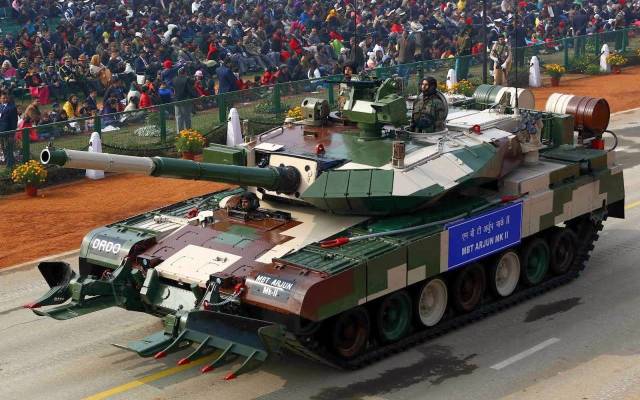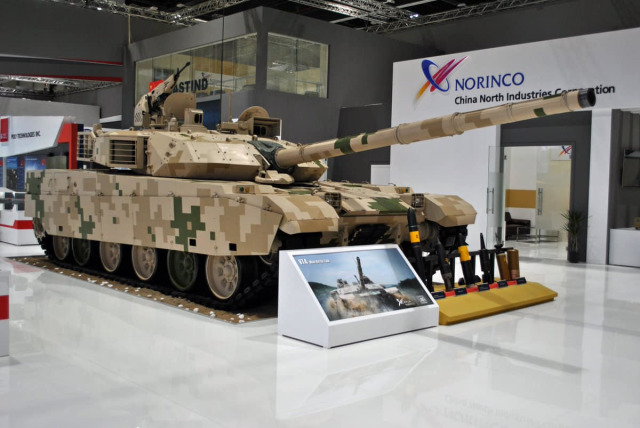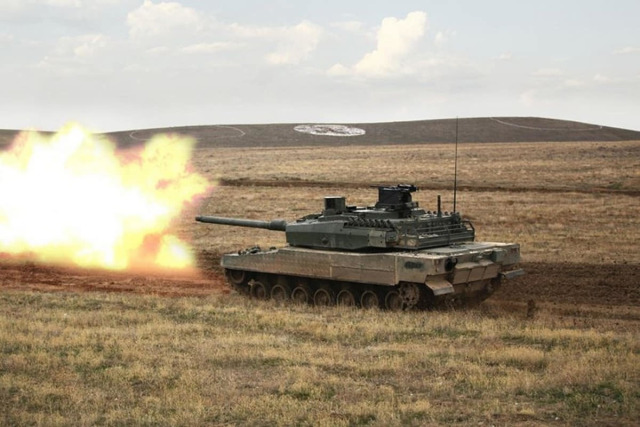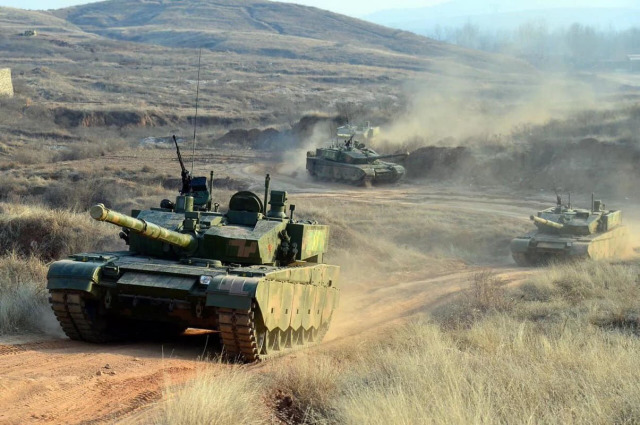The main battle tanks (MBT) appeared on the battlefield for just over 100 years. In the first part of the article, the trends in the development of this category of military equipment in Europe are considered. Let's turn our attention to the other side…
Asia's Main battle tanks
Outside of Europe, in India, the Arjun MBT (Arjun Mk 1 and Mk 1A, formerly known as Mk II) were developed for a long period. However, until now, the demand for this machine has remained relatively low, since the main part of the Indian MBT fleet consists of Russian T-72 and T-90 tanks.
The Indian Defense Research and Development Organization (DRDO) is currently working on the "Future Ready Combat Vehicle" program, which aims to develop a future MBT for India with a need for 1,770 vehicles and a goal of commissioning by 2030. However, apart from the very ambitious list of requirements published in May 2021, this program has not yet shown much progress, and it is considered unlikely that it will reach its goal of commissioning by 2030.

Arjun Mk II Main Battle TankChina has become self-sufficient in the design, development and production of all types of combat vehicles, including MBT.
However, despite this, the country as a whole, in the near future focused on the modernization of its armed forces and introduced various models of the main battle tanks of the current generation: ZTZ-96A, ZTZ-96B (also known as "Type 96A/B"), ZTZ-99 and ZTZ-99A (otherwise "Type 99A") from the Type 99/A MBT family and the ZTQ-15 light tank family (known as the Type 15). For the export market, China is developing the VT-4 model (formerly known as MBT-3000).

Chinese OBT VT-4The South Korean company Hyundai Rotem, continuing the development of the K1 (105 mm) and K1A1 (120 mm) MBT, has developed the K2 "Black Panther" MBT (Black Panter).
After some delays, the K2 "Black Panther" (additionally) entered service with the South Korean army, and was recently ordered by Poland. The latter plans to receive 180 cars directly from South Korea, and another 800 upgraded versions under the K2PL cipher will be produced on-site from 2026. [...]
Hyundai Rotem is also exploring future MBT concepts, including the "Next Generation Main Battle Tank" (NG MBT), which was presented as a scale model at Eurosatory 2022. Like the T-14 Armata, it is designed to control a crew of two or three people located in a protected capsule in the hull, with a remote tower. It is assumed that the main armament will be a 130-mm smoothbore gun with automatic loading, supplemented by auxiliary weapons, including a remotely controlled weapon station (RWS) with laser weapons and a retractable launcher (PU) with two ATGMs in the niche of the tower.
Another similarity with the T-14 is that the machine should weigh only 55 tons, which is possible thanks to the use of a remote tower, which does not require such a large passive protection. It is assumed that the machine will receive an active protection system (APS) with four effectors in each of two removable PU installed above any of the cheeks of the tower. They are complemented by 16 smoke grenade launchers, eight of which are mounted on both sides of the tower.

Scale model of the South Korean NG MBT conceptOBT of the Middle East
The Israel Defense Forces (IDF), in comparison with many countries, has a lot of experience in conducting high-intensity maneuverable combat operations and is constantly improving its Merkava family of MBT. However, so far Israel seems ready to continue upgrading its existing MBT. The latest variant, the Merkava Mk4 Barak, will soon enter service. The IDF plans to focus its future efforts on the development of combat vehicles of the Carmel family (Carmel, more details ).
"Carmel" is a much lighter family of vehicles, which, in fact, is based on a variant of the infantry fighting vehicle (BMP). Although the lack of plans to design a future tank may seem a risky step, experts note that other countries have gone further than Israel. So, the US Marine Corps (USMC) already in 2021 deactivated its last MBT M1A1 "Abrams" (Abrams).
OBT Merkava Mk4 Barak Turkey has mainly focused on developing the capacity for domestic production of a modern main battle tank design.
In this vein, the company Otokar has developed the Altai OBT (Altay). Nevertheless, in the end, the contract for production was awarded to the Turkish manufacturer BMC, which has experience working with wheeled, not tracked combat vehicles.
Despite the fact that Ankara is striving to create a modern machine, it is planned that the Altai design will eventually begin to include more and more functions of the next generation. In particular, the Altai T3 variant, planned for 2024, is planned to be equipped with RWS. Therefore, it is likely that over time, Turkey's experience in this machine may eventually materialize into a real next-generation MBT design.

Altay OBT of the current generationSome results
According to experts, today the main battle tanks are under pressure from extremely deadly and high-precision weapons often capable of surpassing passive protection. Nevertheless, MBT continues to evolve in various ways to cope with these new challenges.
First of all, the main armament of future MBT models, as a rule, will be larger than 120 or 125 mm modern tanks, with an estimated caliber of 130 or 140 mm. While it will provide increased lethality when hitting the target, the trade-off is that fewer shots can be carried and they will require automatic loading, since larger ammunition is too heavy for the loader.
As for mobility, the torsion bar suspension gives way to a hydropneumatic one, providing a more comfortable ride for the crew and a more stable platform for firing a cannon. If currently composite rubber tracks have not yet reached the level where they can reliably withstand the weight of the MBT, manufacturers such as Soucy are working to achieve this.
Perhaps the most interesting thing is that after decades of increasing the weight of the tank design, the trend is finally starting to change in the other direction. At the same time, passive armor is gradually giving way to passive and active defense systems (soft-kill and hard-kill), as well as radiation control. In addition, with the maturity of other technologies, such as unmanned turrets or composite rubber tracks (CRT), they will provide engineers with the opportunity to create lighter structures while maintaining high overall security.
Problems still remain, the lethality of modern weapons still far exceeds passive protection, and many of the new subsystems attached to military equipment have increased their power requirements, requiring most modern designs to be equipped with an auxiliary power plant or energy storage solutions that allow the tank to continue operating with the main engine turned off to save fuel..
Despite the challenges associated with the modern battlefield, the main battle tanks seem to remain an important component of modern armed forces in the future.
Based on the materials of the euro-sd.comTelegram resource!!!

